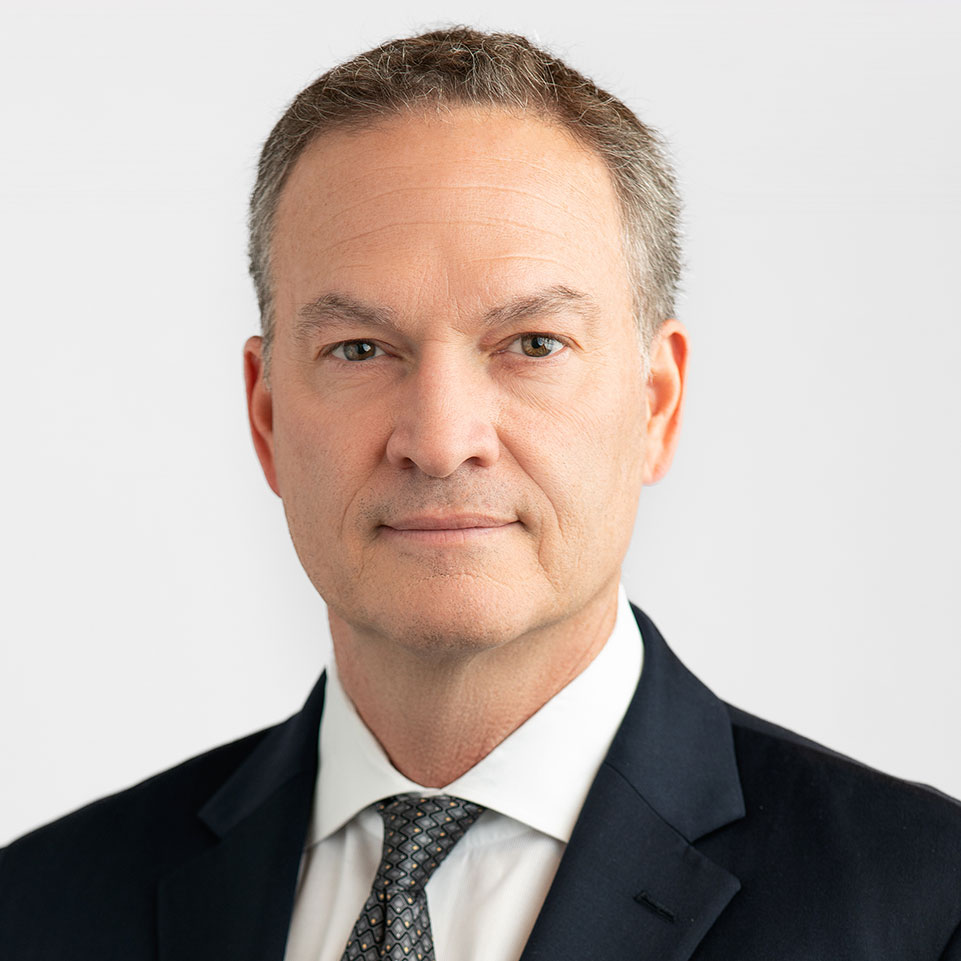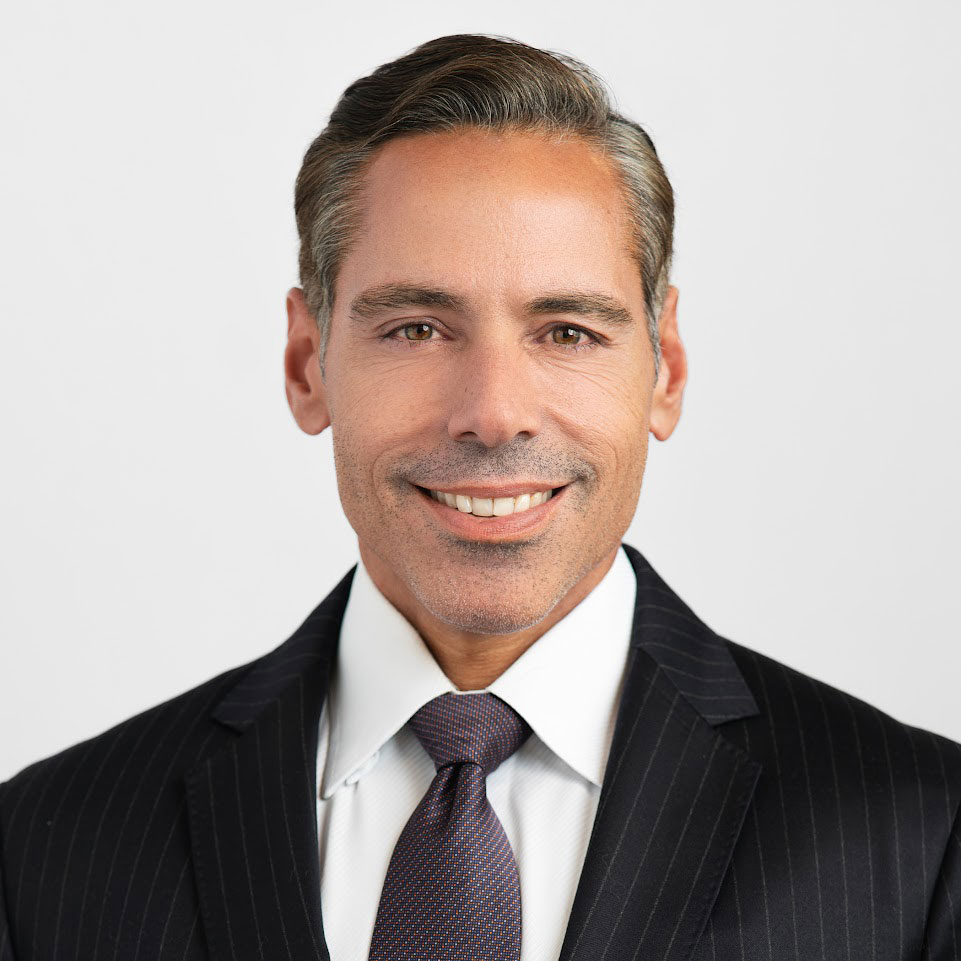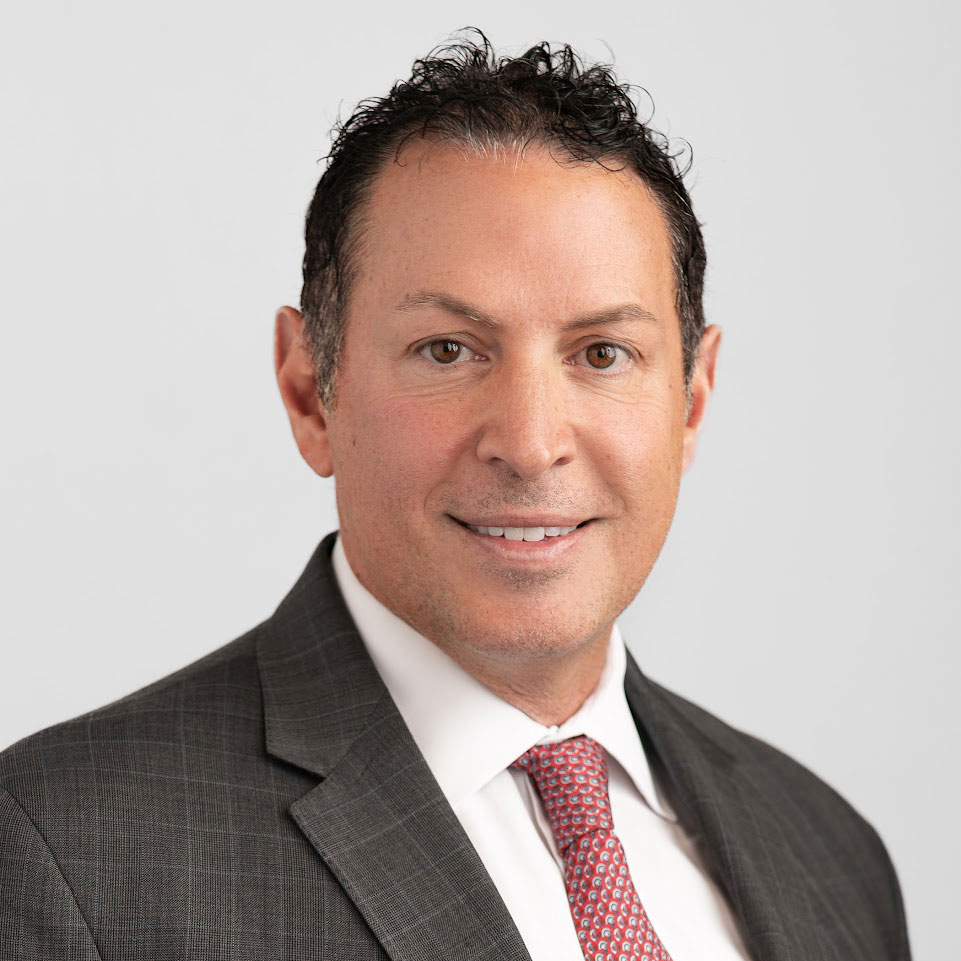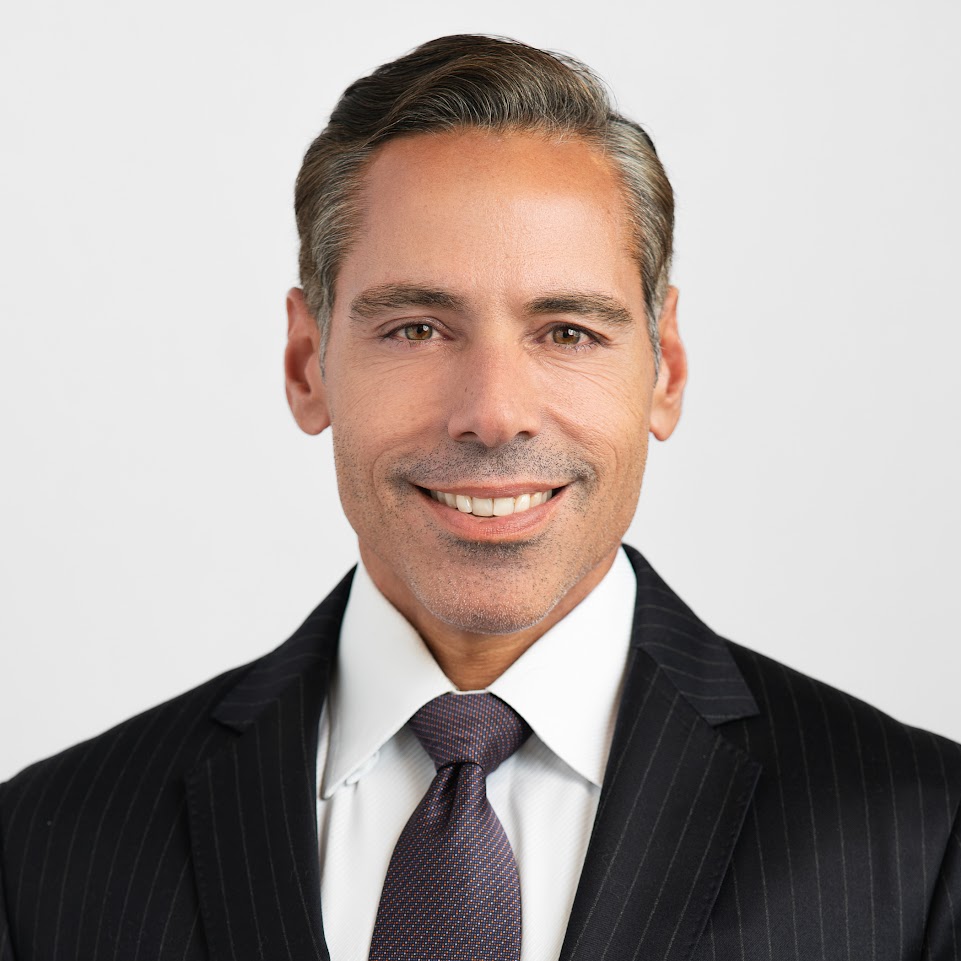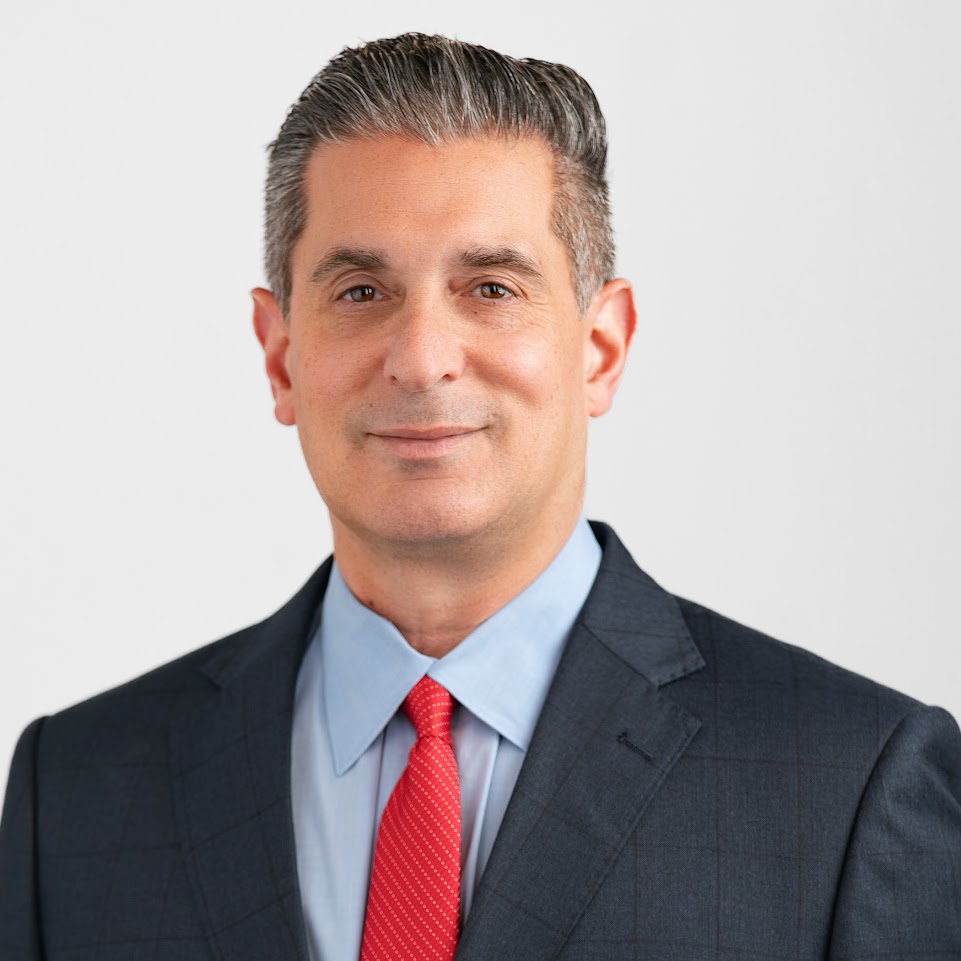
Get To Know Fairbridge
July 12, 2024
No Going Back: Why Private Capital is Replacing Banks for Real Estate Development Financing
September 10, 2024If you’ve been on the sidelines while endowments, foundations, and pension funds—those who have a mandate to seek the best risk/reward opportunities with their investment dollars—have been reaping the gains from private investment, it’s time to refresh your perceptions. When we talk to HNW investors and their advisors, some of whom are new to investing in private credit, they will ask about liquidity risk: “Will I have to lock up my money for years at a time?”
If you invest in an open-ended private credit fund that makes relatively short-term investments, the answer is no, you don’t have to lock up your money for years. You can invest with the goal of receiving higher-than-public-market returns and still have a very reasonable amount of liquidity.
“How can this be?” is the next question. To fully understand, let’s unpack liquidity in private credit:
- The liquidity spectrum
- Open-ended private credit vs closed-end and private equity funds
- The underlying assets that influence lock up periods
- Transparency versus opaqueness
The liquidity spectrum
The public capital markets are known for instant liquidity—what you buy today, you can, with the click of a button or a call to your broker, sell tomorrow. Easy peasy. It’s why so many private investors feel most comfortable in the public landscape. But that full liquidity can come with a hidden opportunity cost: lower returns.
As we mentioned above, some of the most conscientious investors—endowments, foundations, pension funds—who have an obligation to a large constituency to maximize returns and manage risk, recognize that they can’t achieve their performance goals relying solely on public market investments. They are willing to take on a little more liquidity risk in exchange for potentially higher returns.
Today, virtually all endowments, foundations, and pension funds allocate a portion of their portfolio to private investments. But it’s not an either-or proposition. Instant liquidity or multi-year lock ups; there is a middle ground. So, they cover their bases with investments across the liquidity spectrum: fully liquid public investments, shorter-term private investments, and long-term private investments.
Open-ended private credit vs closed-end and private equity funds
When most people think of private credit investments, their minds go immediately to closed-end funds where there is a set end date of 5 years or so and private equity where lock ups can extend up to 10 years or more. Conversely, an open-ended evergreen fund has no maturity date, and investors, typically after just one year, can redeem funds quarterly, with proper notice, whenever they choose[1].
An open-ended evergreen fund may give investors the flexibility to access their funds after one year should their circumstances or preferences change—e.g., retirement, sending a child to college, major capital purchase, change in investment objective. The reasons for accessing funds are numerous but the specific reason doesn’t matter as much as knowing that you do have access. For many private investors, especially those who may be new to private credit investment, knowing they can begin accessing their investment dollars after just one year suddenly creates a very attractive proposition.
There’s also the perception that all private credit investments include the risk of extension options and potential capital call features, which require putting more money in or being diluted. When investors expect to be monetized by a certain date, they dread the notification that the date is being pushed way out into the future. There is no escape hatch to access their funds. This risk doesn’t exist for open-ended funds, and here’s why.
Underlying assets influence lock up periods
Liquidity in a fund is based on the underlying investment assets. In the case of private equity, it can take multiple years for a portfolio company to turn around or sufficiently scale to achieve a successful exit.
Fairbridge Partners’ private credit real estate fund, Fairbridge Partners, L.P., is based on 12-to-36-month mortgage bridge loans. Because the loans themselves are relatively short-term, the pay-back on them is short. And because they are short, there’s constant revolving demand for the loans.
For those looking for both liquidity and performance, an open-ended fund can provide the right balance of risk and reward. An evergreen fund with a private REIT structure, Fairbridge’s private credit real estate fund is designed to provide stable, uncorrelated returns and maximize tax efficiencies. The Fund has an annualized net return of 11.72% (inception[2] through 1Q 2024)[3].
What’s more, should one of our borrowers default on a loan, Fairbridge has limited principal risk. The bridge loans are backed by a hard asset that can be monetized. And with conservative loan-to-value ratios of 40-70%, even if the value of the asset declines, the principal can still be reclaimed through a sale.
Conversely, if a portfolio company in a private equity fund takes a nosedive, it could take many years beyond the initial lock up to bring the asset’s value up to a point where there could be a successful exit.
What does transparency have to do with liquidity?
In essence, transparency is more about comfort and assurance than liquidity. For those sitting on the sidelines of private credit, the idea that you can’t look at your Schwab/Fidelity/Pershing (name your custodian here) account every day for the latest valuation can be a very new and, for some, an anxious experience. How can you decide if you want to stay in or get out if you don’t know what you have?
Ask a private equity firm in Year 3 where they think their portfolio companies will be in Year 8, and it may seem like you’re trying to get a clear answer from a Magic 8 ball.
At Fairbridge, we respect our investors and understand their needs. It’s why our platform is built on transparency and open lines of communication. We invite discussion and investor questions and hold quarterly conference calls with all LPs. And because our loans are only for 12 to 36 months and we focus on repeat borrowers who have a demonstrated history of success, we have a much firmer grasp on our fund’s metrics.
Fairbridge Open-end Fund: Performance and liquidity
As a private investor you don’t have to sacrifice performance for liquidity. If you’re thinking that your investment dollars could be working harder for you, but don’t want to tie them up for years upon years, an open-ended fund like Fairbridge Partners, L.P. —a private credit real estate fund—may be worth a look. Our team is always ready to explain our approach, answer your questions, and provide the personalized attention our investors value. To learn more, reach out to us or visit fairbridgellc.com.
[1] Liquidity and redemption terms vary by fund. Investors should refer to a particular fund’s offering documents to confirm specific redemption terms.
[2] Inception November 2018
[3] Assumes monthly compounding and is net of all fees and expenses.




